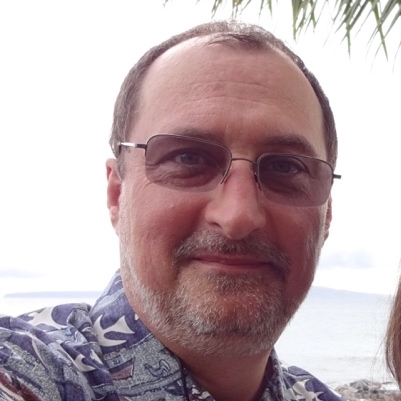Teaching
Introduction to Applied Statistics (graduate), College of Education, Department of Educational, School & Counseling Psychology, University of Missouri Columbia, 2020-present
Foundations of Educational & Psychological Measurement (graduate), College of Education, Department of Educational, School & Counseling Psychology, University of Missouri Columbia, 2022-present
Research Capstone - Education (graduate, dissertation advising), Walden University, College of Education, 2011-present
Research Foundations Courses (graduate, dissertation preparatory courses), Walden University, College of Education, EDD and PhD programs in education, 2021-present
Graduate Research Methods (guest lecturer), School of Journalism and Mass Communication, University of Kansas, 2018, 2019
Computer Fundamentals, Moberly Area Community College, 2011
Database Design and Development (online), University of Missouri Columbia, 2004-2006
Fundamentals of Marketing, University of Sibiu, 1997-2001
Consumer Behavior, University of Sibiu, 1997-2001
Small Business Management, University of Sibiu, 1997-2001
Design of Devices for Cold Metal Forming (lab), University of Sibiu, 1991-1996
Machine Tools for Metal Forming, University of Sibiu (lab), 1991-1996
Research
Causality & causal reasoning
Causality is pervasive and ubiquitous. It helps build intellectual understanding, supports deliberations, is involved in planning, in technology, and even in language. It is part of everyday decisions, requiring implications and consequences to be considered in the process of evaluation and judgment. Causality is also a construct of intelligence. Its understanding is critical to cognition and learning. I am working towards understanding how we can help people reason and learn in causal contexts.
Online, Web-Based Real-Time-Response (RTR) Measurement
RTR is a research method used to collect continuous response judgments or evaluations during media exposure. Traditional RTR tools use expensive, specialized equipment to capture participant responses in laboratory settings. Today’s computer technologies offer capabilities that could potentially enable the widespread use of this research method through the web, reaching subjects in the real-world conditions. And while technologies already exist, I found that there is a need to study how well these technologies can match the results obtained using specialized data collection equipment. The SENTANA application is based on this line of research.
Quantitative research methods
Today’s world produces ever-increasing amounts of data which, when used properly, can provide insights that were not possible before. I believe that quantitative analysis and statistics, which allow us to make sense of this data, should be approachable. For this reason I began developing website and book taking the approach that while deep understanding of how a statistical test work requires deep understanding of mathematics and probabilities, their use to understand a quantifiable phenomena does not have to be overwhelming.
Automating assessment of structural knowledge
Concept maps are phenomenal tools for assessing structural knowledge. Unfortunately, when it comes to use them for assessment, they come with a significant disadvantage because the best way to assess them is by hand. Today’s technology offers us affordances that were limited in the past, both in constructing concept maps and analyzing them. This line of research follows two paths. One is the design and development of a web-based concept-map design application; the graphed application listed above. The second one is to study its usefulness in assessing structural knowledge.
Grants
Grants
ARRA: Missouri State Energy Sector Partnership and Training Program. Co-investigator. Sponsored by the U.S. Department of Labor, 2010-2013.
Radiation Protection Curriculum Project. Grant awarded under the President’s High Growth Job Training Initiative through the U.S. Department of Labor, 2006-2010
Academic Exchange Program in Business Management and Economics. U.S. Information Agency, University. Program in Business Management, 1993-1999.
Universities’ Delivery of Continuing Education. TEMPUS project, 1996.
Creation and development of higher education colleges in organization of production. Multi site. Community Leonardo da Vinci Programme, 1999.
Retraining Support for Small and Medium Enterprises. Multi site. TEMPUS project, 1998-2000.
EUROFORM - European Training Institute. Multi site. Community Leonardo da Vinci, 1999-2001.
Research Contracts
Research of methods for and application of rotational metal forming. Romanian Department of Research and Technology, 1994-1996.
Research of unconventional cold sheet metal forming. Romanian Department of Research and Technology, 1994-1996.
Multi-site strategies for the development of industrial engineering education. World Bank, 1999.
Not listed: additional smaller research contracts in Romania between 1992 and 1996.
